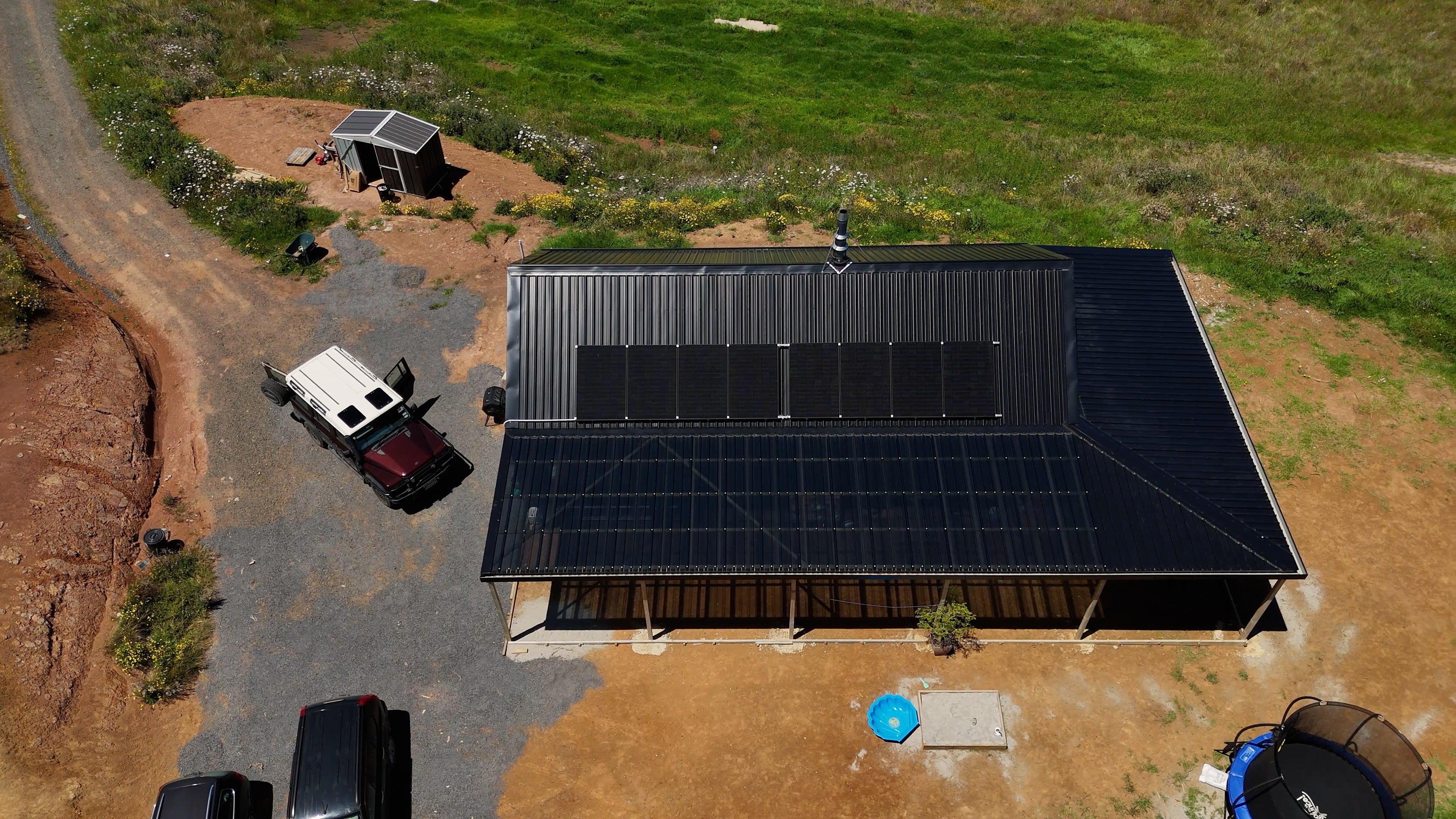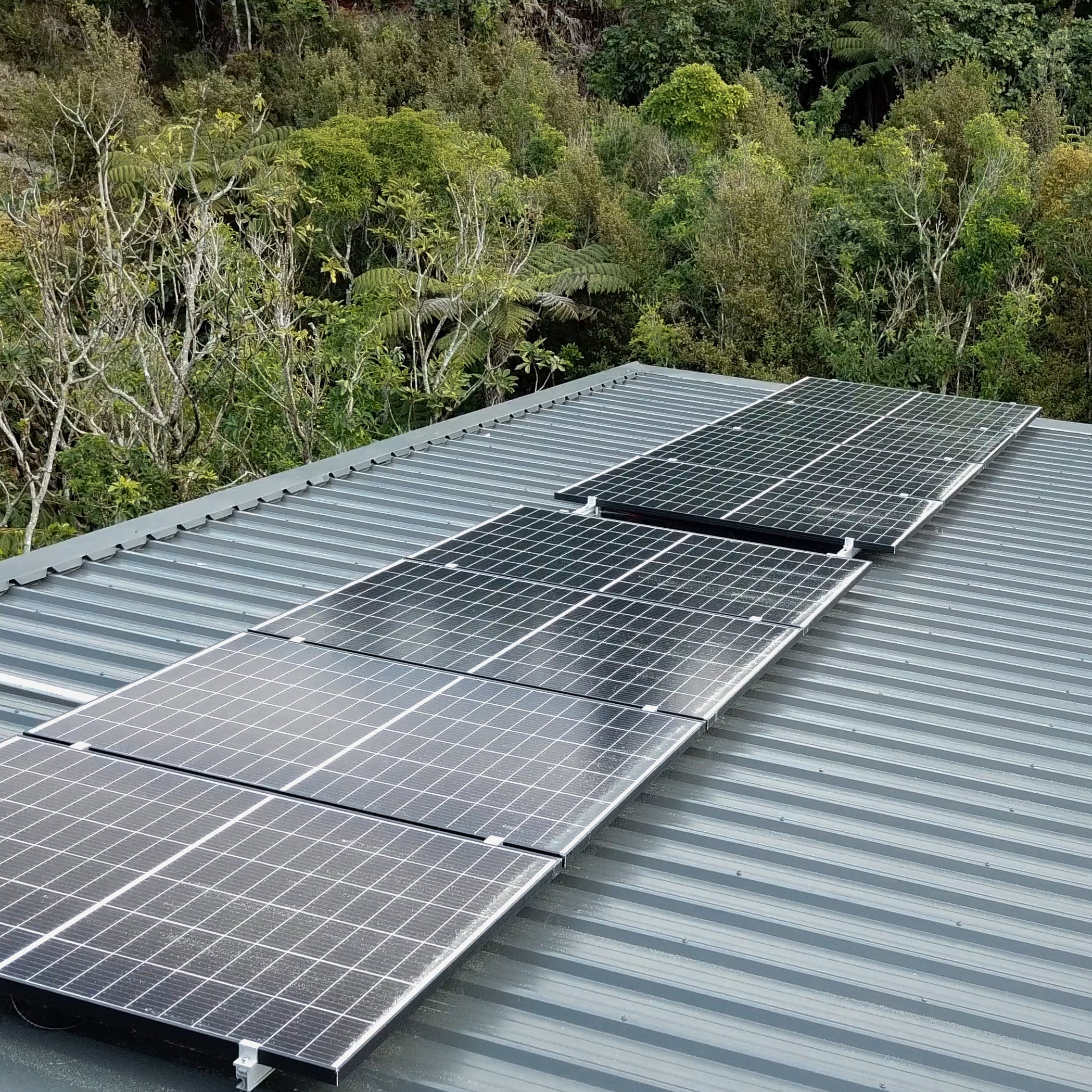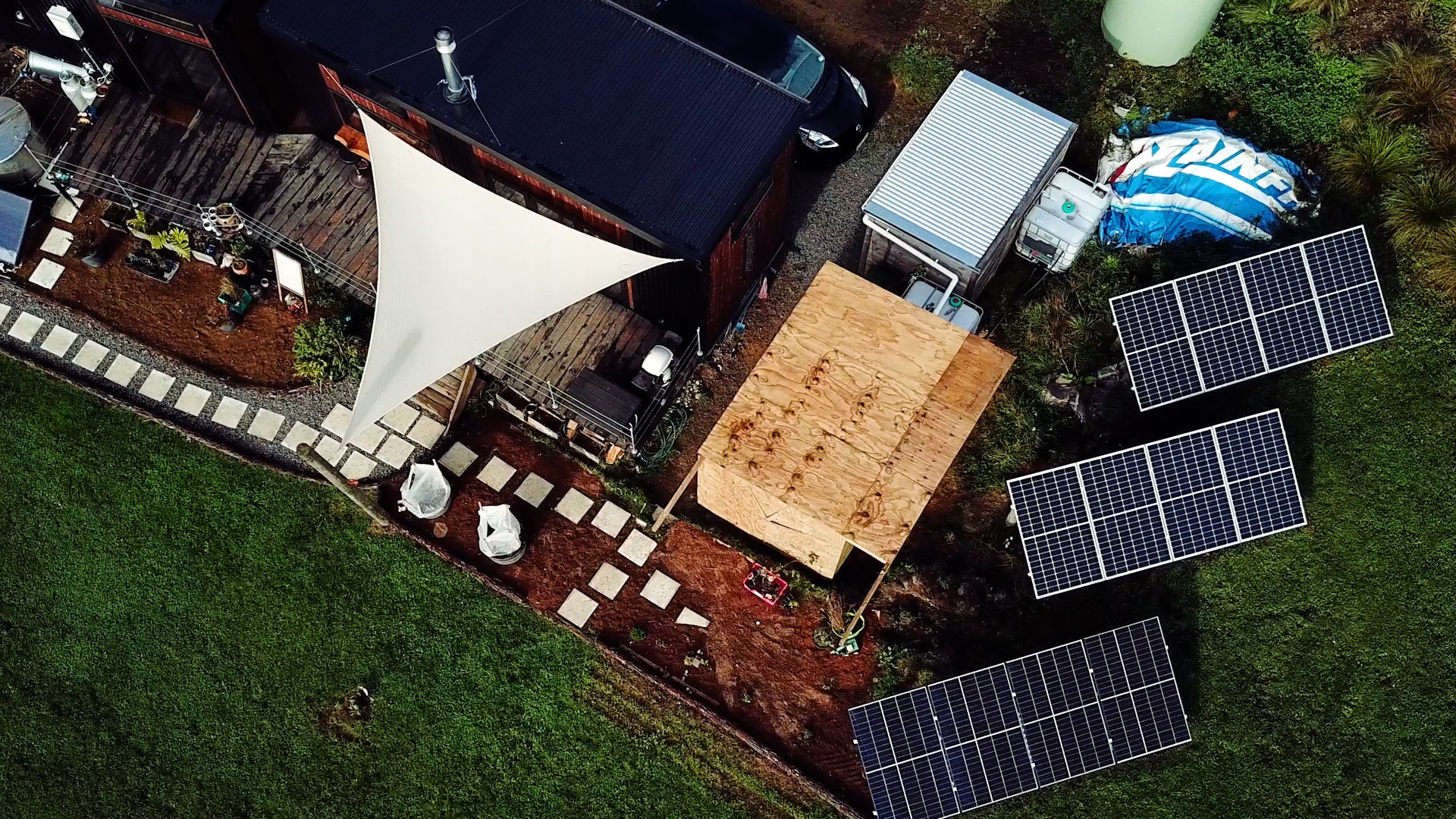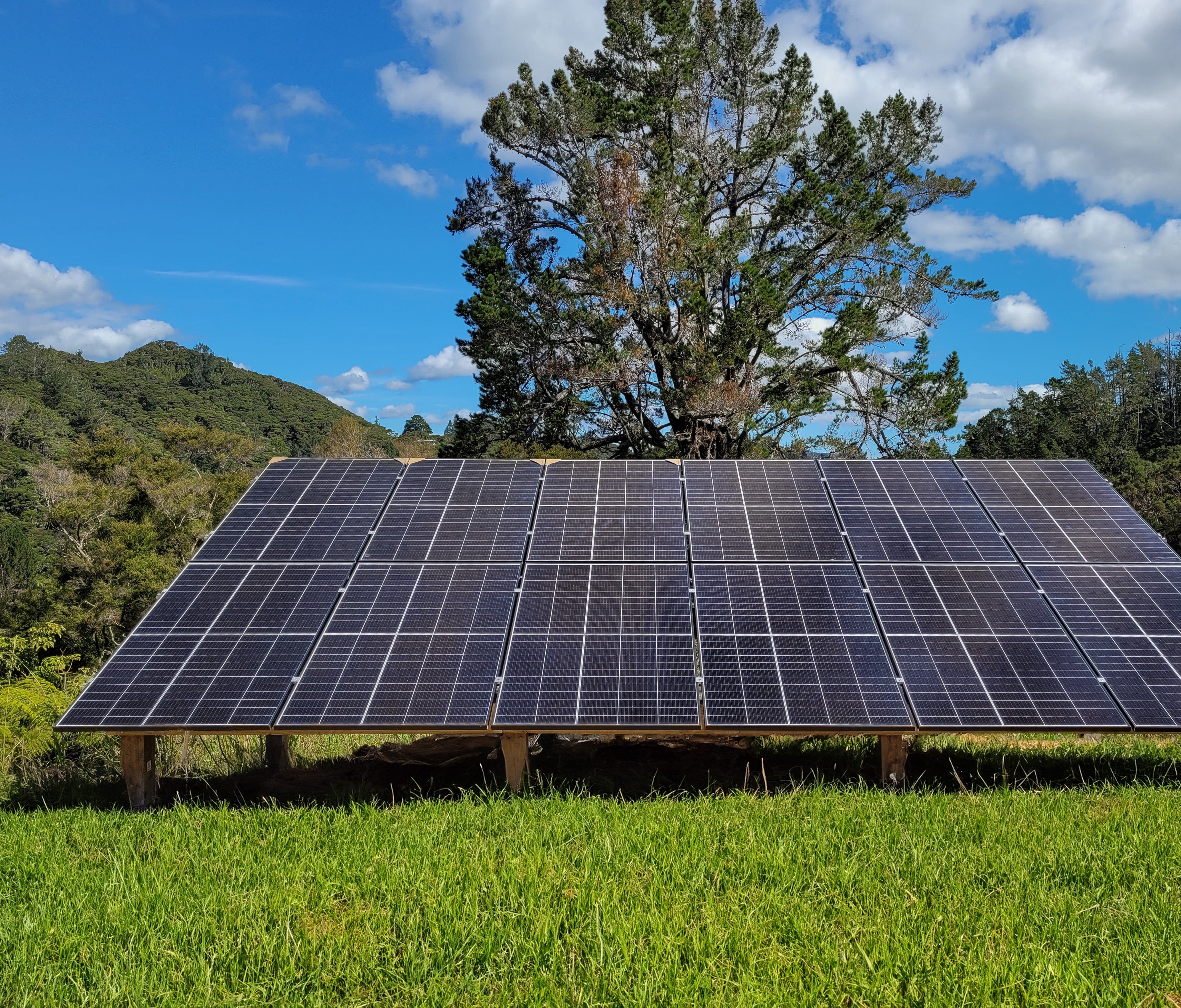The Weekend Warrior Kit | Off-Grid Solar System
More help?
The Weekend Warrior Kit | Off-Grid Solar System


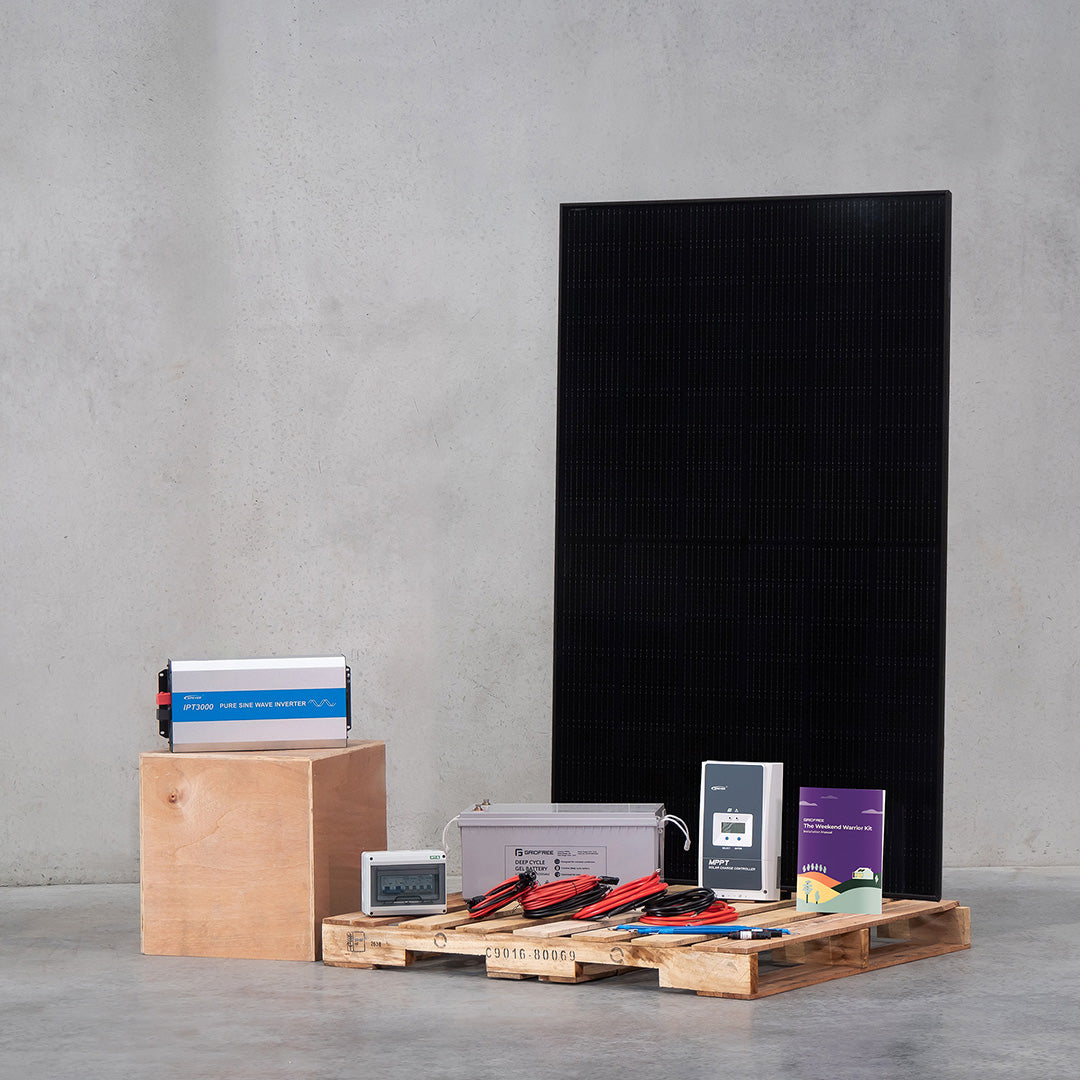


The Weekend Warrior Kit | Off-Grid Solar System
The Weekend Warrior Kit is your all-in-one solution for off-grid power, now featuring upgraded solar panels and larger energy storage. Whether you’re outfitting a solar-powered van or energising your off-grid cabin, this kit has everything you need to start your journey toward energy independence—no hunting for additional components required.
This kit includes a standalone inverter with a standard 3-pin plug, a charge controller, and upgraded storage capacity (Lithium Available) to meet your needs. For generator input, a compatible battery charger (not included) can be easily integrated.
Simplify your off-grid setup and power your weekend adventures with confidence and reliability!

Lights
Small Kitchen Applicances
Efficient Fridge Freezer

Laptop Charger
Phone Chargers

Small on demand pump
Product Reviews
Our guides
You will find our helpful guides in the More Specs section under the Downloads drop down menu. Our guides are especially made for each solution. The Installation Guide contains step-by-step instructions for setting up your system.


